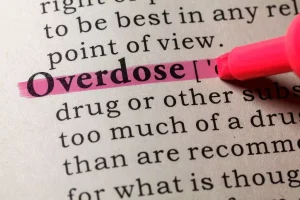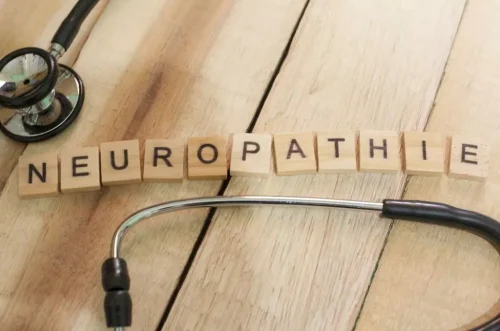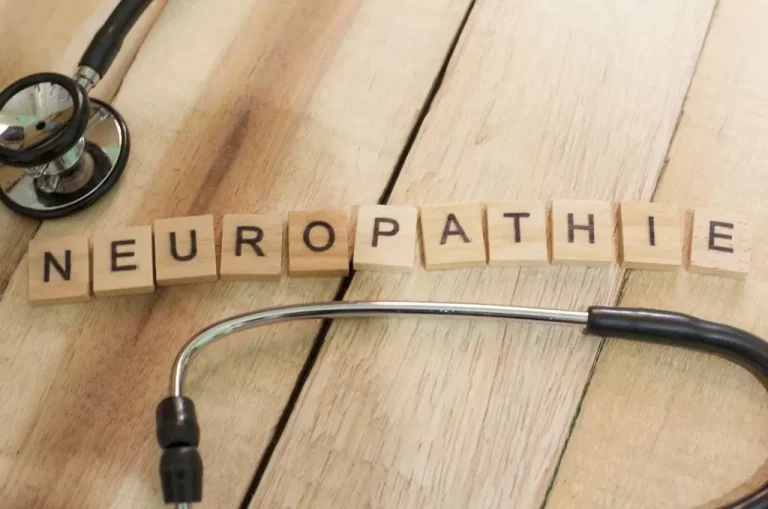.jpg)
FAS is part of a broader category called Fetal Alcohol Spectrum Disorders (FASD), which relates to several conditions that occur because of the drinking habits of the mother during pregnancy 1. Alcohol consumed by a pregnant person passes through the placenta into the developing fetus, thereby disrupting the normal development of the fetus’s brain, as well as other organ systems. It is crucial to approach this topic with empathy, recognizing the potential impact of FAS on individuals’ lives and their unique journeys. Macauley Culkin, widely known for his role in the beloved film “Home Alone,” has drawn attention for his physical features that potentially indicate Fetal Alcohol Syndrome (FAS).
.jpg)
It is usually through an outlet like comedy victims of FAS will use as a means to channel energy that seems to serve as a psychotherapeutic release. FAS can cause growth deficiencies, facial anomalies, and central nervous system dysfunction. American singer and actor, Scott Leo “Taye” Diggs is another celebrity born with an extra body part that could be caused by maternal alcohol consumption during pregnancy. The Private Practice star revealed during an interview with The Talk that he was born with an extra finger on each hand.
Daniela Ruah Age: A Detailed Insight Into Her Life And Career
It is important to remember that discussions surrounding celebrities and Fetal Alcohol Syndrome should be approached respectfully and responsibly. FAS is a complex condition, and individuals should seek professional guidance and support for accurate assessment and appropriate interventions. Steven Spielberg, the legendary film director whose name is synonymous with cinematic excellence, had to overcome significant challenges during his childhood. He experienced feelings of inadequacy due to a learning disability that made him a target for both school administrators and fellow students. The relentless bullying Spielberg endured during his formative years led him to seek solace in a world where he would be free from such torment. It wasn’t until he reached his 60s that Spielberg discovered he had dyslexia, shedding light on the hurdles he had faced throughout his life.
Famous Fetal Alcohol Syndrome Adults
.jpg)
Daniel has also spoken openly about why he’s been teetotal speaking about how his alcohol abuse meant that daniel radcliffe fetal alcohol syndrome he sometimes showed up to the set of Harry Potter still drunk for the night before. “It has never held me back, and some of the smartest people I know are people who have learning disabilities. However, what is less known is his struggles with both a neurological disorder that affects his motor skills and with alcohol. Everyone knows Daniel Radcliffe, he is the face of one of the most popular children’s film franchises of all time as the lead star in the Harry Potter series.
Daniel Radcliffe health: Harry Potter star’s battle with alcoholism, OCD, dyspraxia
Radcliffe of course uses his platform to normalize the conversation on addiction recovery and also advocate for mental health support. Joaquin Phoenix, whose unique presence and intense performances have gained him much acclaim, has also been the target of FAS speculations. This is a rumor mostly based on the prominent scar on his upper lip, which is usually mischaracterized as a symptom of Fetal alcohol syndrome. Bernie Sanders’ dedication to addressing Fetal Alcohol Syndrome demonstrates his commitment to public service beyond traditional political issues. By incorporating discussions about FAS into his campaigns and supporting relevant organizations, he helps foster a society that acknowledges and supports individuals with FAS. Sanders’ advocacy not only benefits those directly affected by FAS but also contributes to a more inclusive and compassionate approach to healthcare and social issues.
Celebrities With Fetal Alcohol Syndrome
Fawcett is also a sought-after speaker and has given talks about FASD to audiences around the world. She is passionate about raising awareness about the condition and advocating for better support for those affected by it. Instead of focusing on rumors, it makes more sense of these incidents to have platforms to educate the public. Understanding exactly what FAS is can redefine the conversation from frivolous speculation into genuine knowledge about the condition and its difficulties. Between sweeps of the supermarket aisle, Reese Witherspoon — the gracious and versatile leading lady of Hollywood — has been the target of unsound speculation about whether she has Fetal Alcohol Syndrome. Rumors regarding her facial features, and that demeanor, seem to be based on nothing other than speculation with nothing to back it up.
Support and Resources for FAS
- FAS is a complex condition that can affect both physical and neurological development, leading to a range of challenges throughout a person’s lifetime.
- By grounding ourselves in the lived experiences of people who live with the condition—and their particular challenges—we can dispense with baseless speculation and shift the conversation to one of meaningful advocacy.
- It can go further and damage other parts of the child’s body, such as the eyes, lips, fingers or toes.
- Gary Burghoff’s journey exemplifies the complexities of FAS and its impact on individuals in various aspects of their lives.
- Before that, women were only encouraged to “drink moderately,” a piece of advice many ignored.
- Although she’s not very vocal about it, actor and superstar Reese Witherspoon is also reportedly a child of alcoholism, resulting in Fetal Alcohol Syndrome at birth.
Despite the hurdles he faced, Cruise’s unwavering dedication to his craft and his ability to captivate audiences worldwide speak to his incredible talent and determination. His success serves as an inspiration to others affected by FAS, demonstrating that with perseverance, individuals can overcome obstacles and achieve their goals. Goldberg’s unique personality and occasional controversial remarks have often landed her in hot water. While these instances may perplex observers, they can be viewed through the lens of FAS, as individuals affected by the syndrome may exhibit behaviors that seem unconventional or difficult to understand. Furthermore, Goldberg’s distinct facial features in specific areas have contributed to her stand-out presence, highlighting another potential connection to FAS.
- Democratic politician, Bernie Sanders, is among a few celebrities mentioned by Press Room VIP as someone that is pinpointed to have FAS.
- Reese Witherspoon is a popular American entrepreneur, actress, and producer who has won several awards for her active roles in the movie industry.
- Sanders’ involvement in politics has allowed him to bring attention to the importance of understanding and addressing FAS.
- It is not uncommon for comedians, like Culkin, to use humor as a means to channel their energy into something that feels productive.
- He was born on October 28, 1974 as Joaquin Rafael Bottom; his father’s name is John Lee Bottom and his mother is Arlyn Bottom.
Celebrities with Fetal Alcohol Syndrome
ِAlcohol consumption during pregnancy has been proven to cause severe developmental issues for the growing fetus. These issues are grouped under Fetal Alcohol Spectrum Disorders (FASDs) and can vary in symptoms depending on how severely affected the child is. When the rapper’s mother, Debbie Mathers, carried Eminem in her womb, she was already an alcoholic that failed to keep the bottle down and her pills in the bottle. Although the mother and son were very close with each other as she rescued them out of her abusive relationship with his father, there was a time where Eminem blamed his personal problems on his mother’s alcoholism. She responded with a memoir she published in her defense in 2008, which MTV covered in an interview with her.

.jpg)
.jpg)
.jpg)




